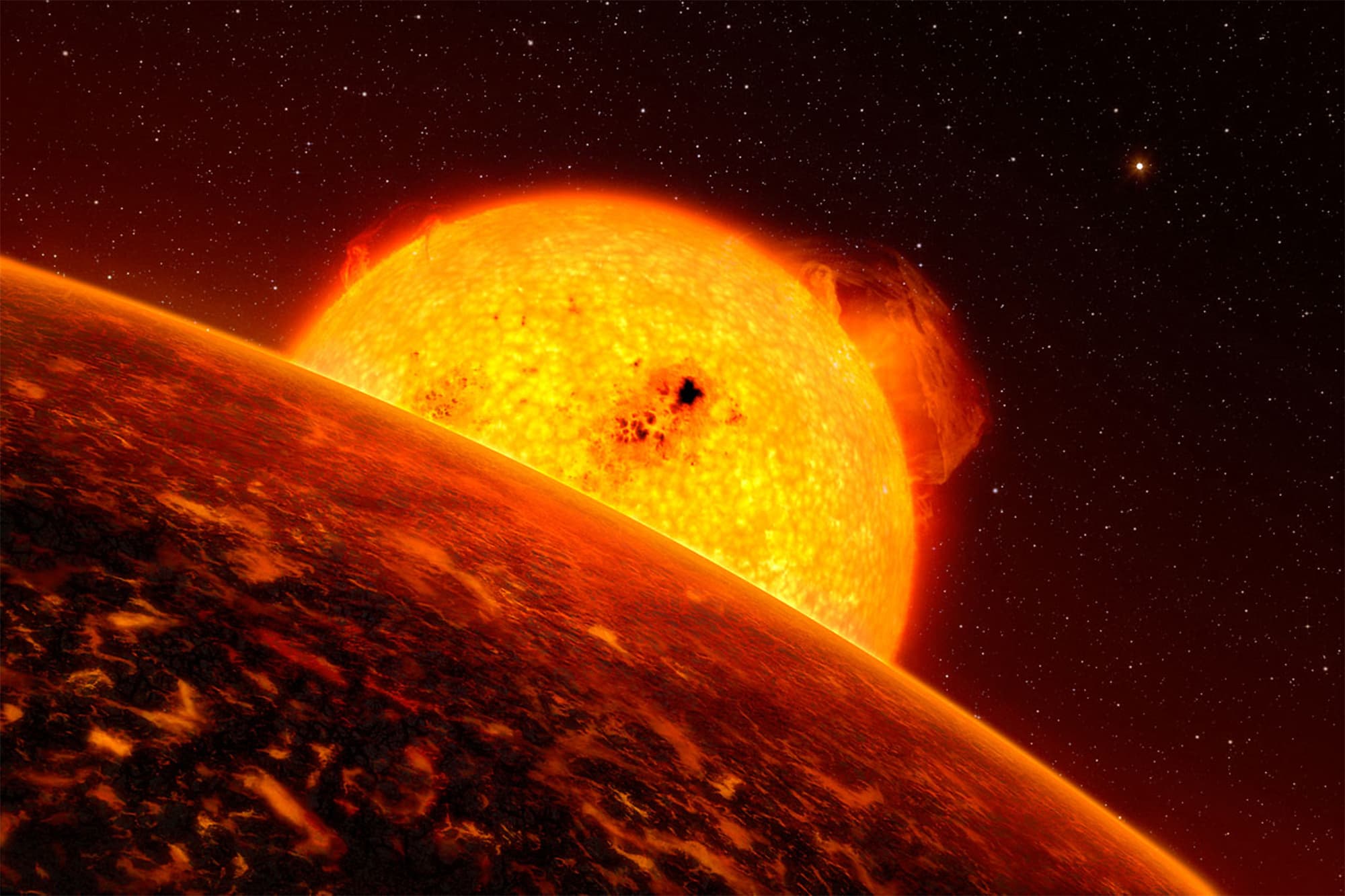
Planetary systems form from the same cloud as its parent star. As the cloud contracts under the effect of gravity, the gas acquires more angular velocity. Spinning faster it flattens out into a disk where eventually planets end up forming.
This simplistic approach has been shown to be correct by many observations (e.g. ALMA’s) but it is yet to be refined. Our solar system suggests that you first have small rocky objects, then large gas giants, and then a cloud of smaller objects further out. But this is not true across the Universe.
The planet-hunting telescope Kepler has discovered gas giant planets orbiting closer to their stars; these hot Jupiters reach temperatures of thousands of degrees, and some are even ripped apart by their star’s gravity.
Astronomers are trying to understand where the variety comes from, but before they can do that we need to look at what possible types of architecture are allowed in the cosmos.
Researchers from the University of Nevada and the SETI Institute combed the Kepler Data Release 24 looking for a specific type of object that they call “hot Earths”.
As the name suggests, these exoplanets are Earth-sized objects which orbit their star in about a day. They are isolated, with no nearby companion. These characteristics seem awfully particular and specific, but out of the 144 planetary systems studied in this paper, 24 were hot Earths. Knowing the selections bias the instrument has, this appears to be roughly the same as the percentage of hot Jupiters.
We have a rough sketch of planetary evolution, and discoveries like this help us colour in the lines. New instruments will hopefully provide an even better picture, and tell us something about how our Earth ended up where it is.
REFERENCE
Steffen & Coughlin A population of planetary systems characterised by short period, Earth-sized planets. PNAS 2016
